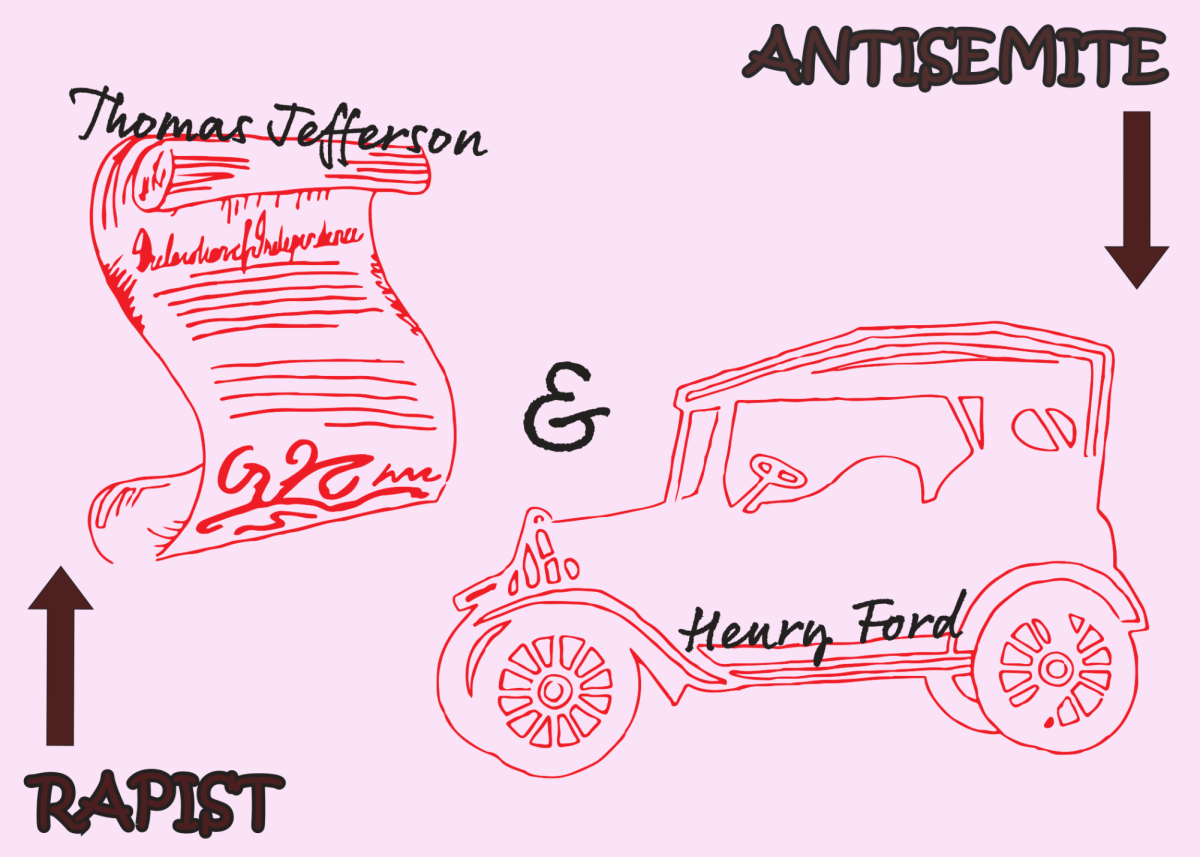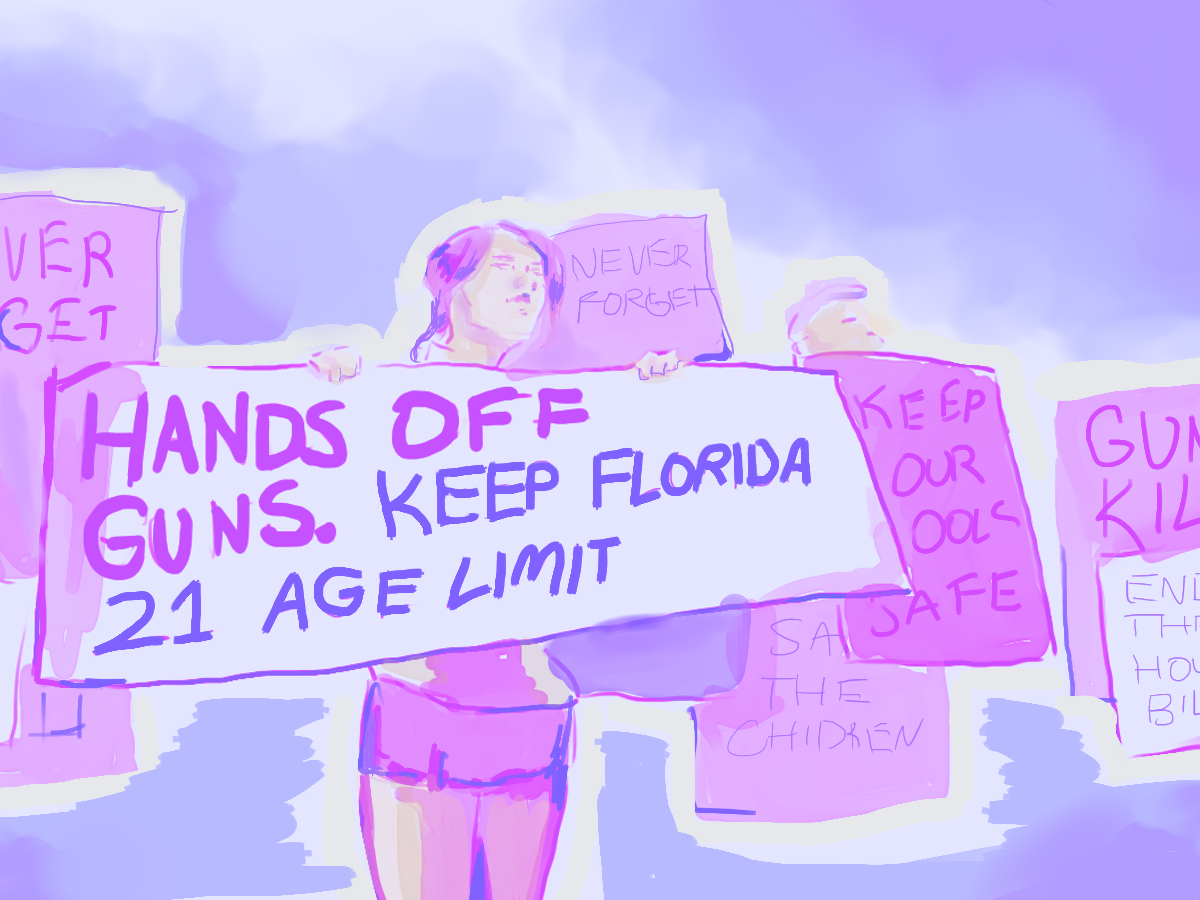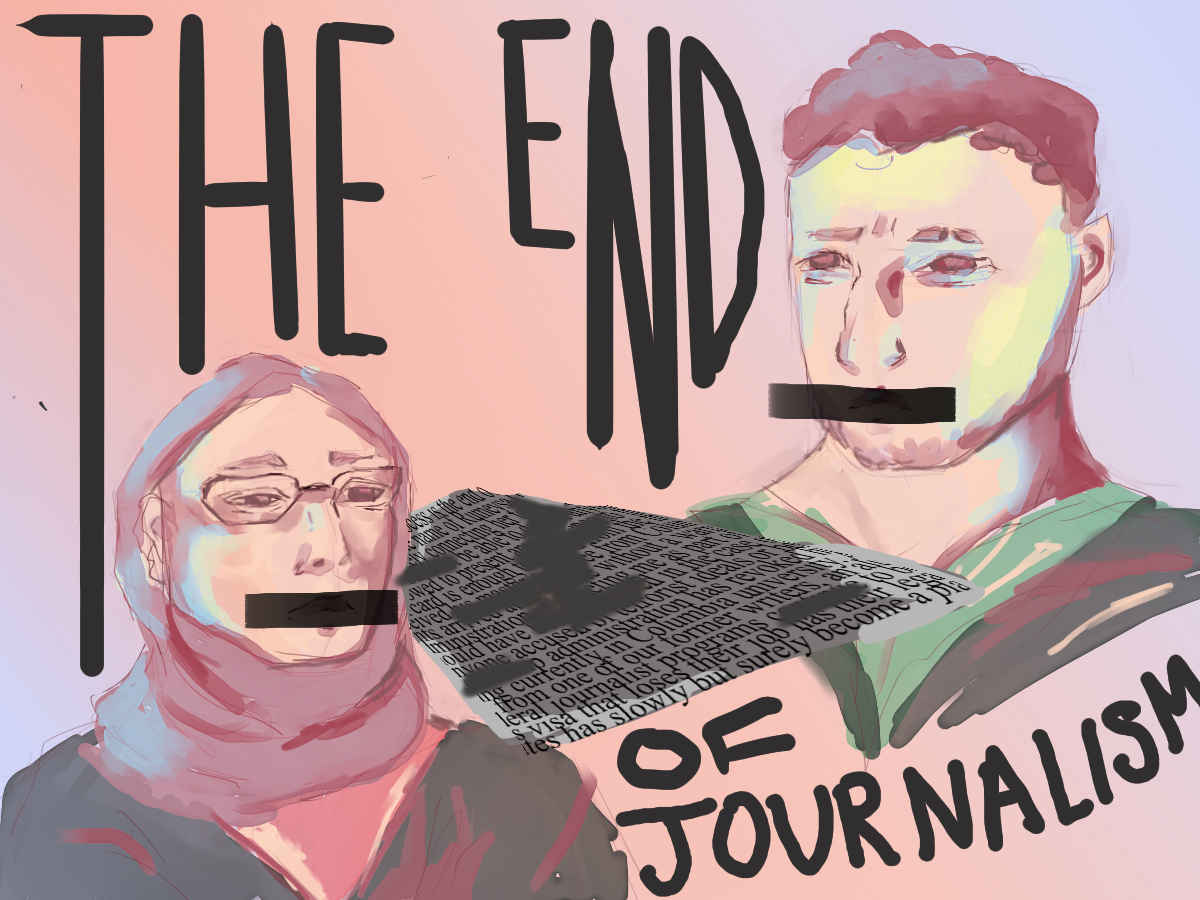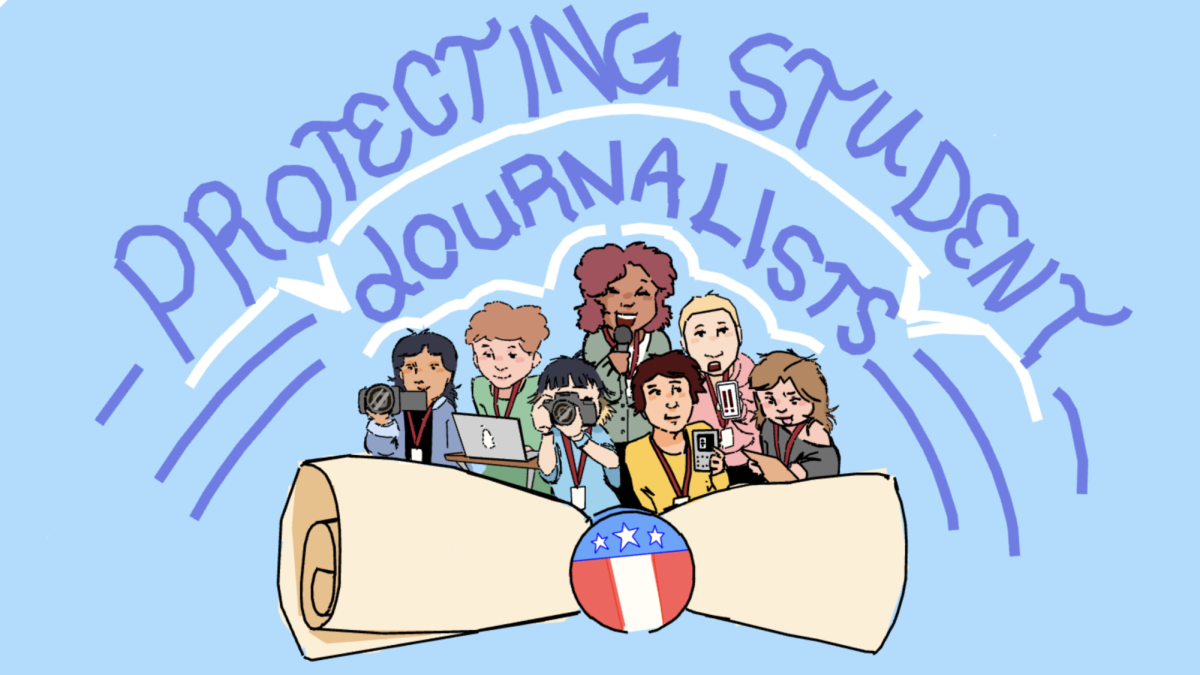“Historical figures should be judged within the context of their times,” is as common an argument as there is when discussing the faults of historical figures. However, regardless of whether or not their wrongdoings were normalized or disregarded during the times in which they lived, does not mean that their faults should not be acknowledged when teaching about them now.
Just because a historical figure has accomplished great, undeniably important things, does not mean that those things can serve as an excuse for the fact that they committed atrocious acts. If students are meant to learn from history in any capacity, it is vital that they understand where the historical figures their school textbooks idolize went wrong, in addition to where they went right.
In the present day, it is not rare for people to judge generally good people for minor wrongdoings, so there is no reason this same logic should not be applied to figures in a historical context. After all, by ignoring the wrongdoings of historical figures in school curriculums, it is being conveyed to students that atrocities are ignorable if a person is important, revered or successful enough to warrant ignoring them.
Today, Billie Eilish and other celebrities receive endless hate for minor things like making snide remarks about the influencers who attended the most recent People’s Choice Awards. However, historical figures who committed rape, carried out genocide, owned slaves and participated in other evils, are still painted as heroes in textbooks.
Thomas Jefferson, a founding father and the writer of the words, “We hold these truths to be self-evident, that all men are created equal,” is one example of someone whose rather detestable acts are completely ignored in schools. Students are taught that he wrote the Declaration of Independence, was the third president of the U.S., had a lovely home at Monticello in Virginia and was opposed to slavery.
What students are not taught, however, is that Jefferson was a slaveholder himself, with a history of pedophilia and rape. Jefferson served as the U.S. Envoy and Minister to France, leading him to periodically take up residence there. Thus, his daughter and her enslaved seamstress, Sally Hemings, accompanied him. Jefferson repeatedly raped Hemings, who was 14, impregnating her a total of seven times.
This has been proven by DNA evidence, as well as primary and secondary documents and was even confirmed by the Thomas Jefferson Memorial Foundation’s Research Committee. In total, Jefferson owned over 600 slaves in addition to Hemings, despite presenting himself as being “against slavery.” Furthermore, this phenomenon was not limited to Jefferson, but also applied to many of the other founding fathers.
The argument of people being a product of their time is particularly common in discussions about slavery. During this time though, abolitionists–people who sought to abolish slavery–existed, and people could have heard their arguments and cries for help, but instead they simply ignored them. Jefferson even presented himself as being opposed to slavery, thus proving that he was aware of the fact that it was morally wrong and simply engaged in the practice anyways, contradicting his own “beliefs.”
Of course, the importance of Jefferson in American history cannot be questioned. What can be questioned is why textbooks fail to acknowledge his wrongdoing, as there is no reason he should be exempt from criticism simply because he was important. If anything, that makes him even more worthy of being criticized, not in order to minimize his accomplishments, but to confirm the sentiment that wrong is wrong, no matter who one is or when they lived.
If he and others are not held accountable and their wrongdoing is not addressed, the message that atrocious things can be done without having to face the consequences is being conveyed. Thus, no one, not even historical figures should be exempt from criticism, regardless of whether or not it was “acceptable” in their time to do what they did.
Henry Ford is another historical figure commonly discussed in school curriculums whose wrongdoing is never addressed. Ford is most notable for his use of the moving assembly line, which helped assemble his Model T Automobiles. Unfortunately, what is not discussed in textbooks is that he was extremely antisemitic.
Ford even wrote a series of pamphlets containing antisemitic writing, which he called “The International Jew: The World’s Problem.” His work served to fuel antisemitism in the U.S. and abroad, even acting as an inspiration for Hitler, who cited him by name in his own antisemitic manifesto, “Mein Kampf.”
Besides antisemitism, Ford also looked down upon the cultures of his immigrant workers and worked towards “Americanizing” them. He went as far as to establish an English school for them to attend, as he wanted his workers to abandon their cultures and assimilate fully into American culture. At the school’s graduation ceremony, his workers would show up dressed in the stereotypical cultural attire of their home countries and change into a suit and tie during the ceremony, to symbolize the fact that they had emerged as an American.
In schools, there should be class discussions regarding these topics and students should be made aware of how faulty some of the historical figures they learn about truly were. School is a place in which students are meant to be learning good judgment and morals, and if they are being taught that historical figures should endure no criticism for their actions due to their importance, then that is certainly not occurring.













